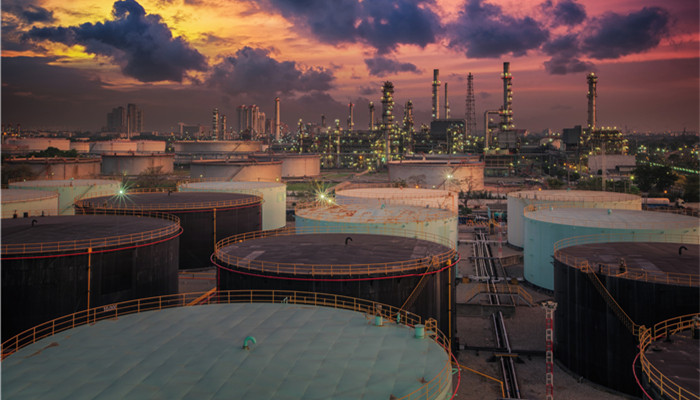
Market demand for C9 petroleum resin grows Daqing Huake is my country’s leading enterprise
C9 petroleum resin, also known as aromatic petroleum resin, refers to a thermoplastic resin made from the C9 fraction, a by-product of cracking to produce ethylene, as the main raw material. C9 petroleum resin has the characteristics of good miscibility, water resistance, low acid value, and low melting point. It is widely used in rubber additives, coatings, inks, paper additives, adhesives and other fields. According to different production methods, C9 petroleum resin can be divided into three types: tar type, hot polymer type and cold polymer type.
Cracking C9 is the main raw material of C9 petroleum resin, which refers to the C9 aromatic hydrocarbon fraction that is a by-product of cracking ethylene. The main processing methods for cracking C9 include polymerization, separation and hydrogenation, distillation and separation, and direct hydrogenation. Cracked C9 contains a large amount of aromatic hydrocarbon compounds such as methylethylbenzene and trimethylbenzene. It has the characteristics of low toxicity, complex components, and high added value of the product. In recent years, driven by market demand, my country’s cracked C9 production has been increasing year by year, but it is still unable to meet the production needs of downstream products, which has brought certain challenges to the development of the C9 petroleum resin industry.
The main synthesis methods of C9 petroleum resin include free radical polymerization, thermal polymerization, catalytic polymerization, etc. The free radical polymerization method refers to the cleavage of the unsaturated bonds in the C9 molecule to form free radicals under the action of an initiator, and the finished product is obtained through a polymerization reaction; the thermal polymerization method refers to the reaction of the cleavage C9 with other molecules under high temperature conditions, and finally the product is produced. The finished product is obtained. This method has the advantages of high finished product yield and low production cost, but has high energy consumption. The catalytic polymerization method refers to obtaining the finished product under the action of a catalyst. This method is currently the most widely used C9 petroleum resin synthesis method.
According to the “2023-2028 China C9 Petroleum Resin Industry Market In-depth Research and Development Prospects Forecast Report released by the Industrial Research Center, C9 petroleum resin is widely used, including rubber additives, coatings, inks, paper additives and adhesives, etc. In the field of rubber additives, C9 petroleum resin can improve the viscosity and softening degree of styrene-butadiene rubber and further reduce its production cost; in the field of coatings, C9 petroleum resin can partially replace high-priced resins and has good stability and good water resistance. Advantage. Driven by market demand, the development speed of my country’s C9 petroleum resin industry will accelerate.
The main C9 petroleum resin manufacturers in my country include Zibo Kefei, Panjin Kaiheng, Zibo Zhengde, Daqing Huake, etc. Daqing Huake is the largest C9 petroleum resin manufacturer in my country. At present, the company has completed the technical transformation of C9 petroleum resin and has 6,000 tons of C9 thermal polymerization petroleum resin production equipment.
Industry analysts said that C9 petroleum resin has a wide range of uses and low production costs. Driven by market demand, the industry’s development space continues to expand. Cracked C9 is the main raw material of C9 petroleum resin. As the level of technological innovation continues to improve, the output and quality of cracked C9 in my country will increase, which will provide favorable conditions for the development of the C9 petroleum resin industry. In terms of market competition, my country’s C9 petroleum resin industry is highly concentrated, with Daqing Huake being the leading company in my country.

 微信扫一扫打赏
微信扫一扫打赏

